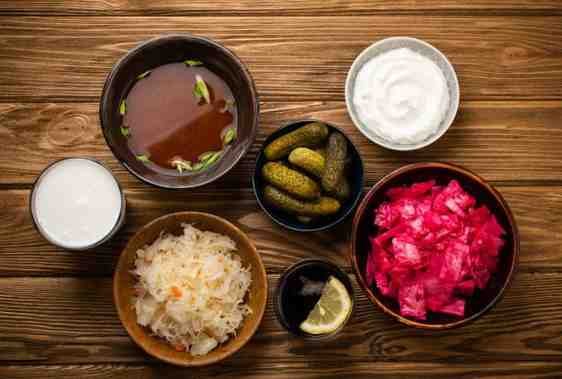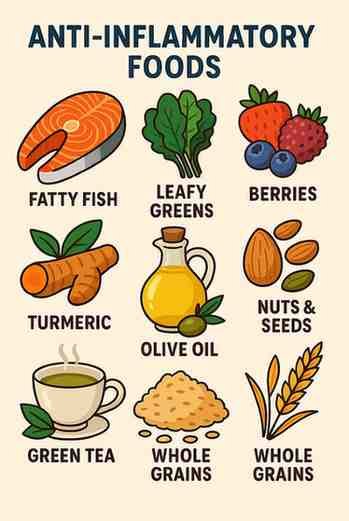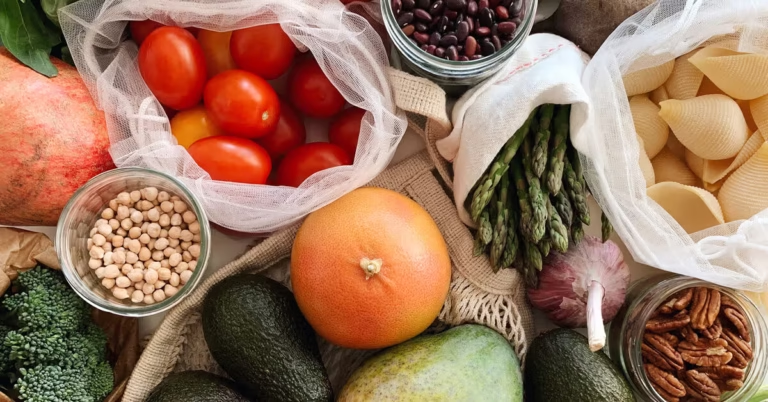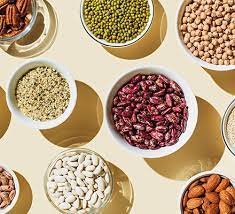Introduction
When it comes to healthy eating, one of the hottest debates is brown rice vs quinoa benefits. Both are nutrient-packed staples that people use as healthier alternatives to white rice and refined grains. But if you’ve ever wondered what is healthier, brown rice or quinoa?—you’re not alone.
The answer isn’t as simple as picking one “superfood” over the other. Both have unique nutritional advantages, different effects on digestion and blood sugar, and even different cultural and environmental stories. In this article, we’ll break it all down—nutrition facts, weight loss benefits, blood sugar impact, and even the downsides—so you can make the best choice for your lifestyle.
What Is Brown Rice?
Brown rice is simply white rice that hasn’t had its nutrient-rich bran and germ layers removed. This makes it higher in fiber, vitamins, and minerals than white rice. It has a chewy texture, nutty flavor, and takes longer to cook.
Brown Rice Nutrition (1 cup cooked):
- Calories: ~216 kcal
- Protein: ~5 g
- Carbs: ~45 g
- Fiber: ~3.5 g
- Rich in manganese, selenium, and B vitamins
Brown rice is widely available, affordable, and versatile in stir-fries, curries, burrito bowls, and more.
What Is Quinoa?
Quinoa isn’t technically a grain but a seed from South America. Known as the “mother grain” of the Incas, it has gained global recognition as a superfood.
The biggest highlight? Quinoa is a complete protein, containing all nine essential amino acids—a rarity in plant-based foods.
Quinoa Nutrition (1 cup cooked):
- Calories: ~222 kcal
- Protein: ~8 g
- Carbs: ~39 g
- Fiber: ~5 g
- Rich in magnesium, iron, folate, and antioxidants
Fluffy, slightly nutty, and easy to use in salads, bowls, and even breakfast porridge, quinoa is as versatile as it is nutritious.
Brown Rice vs Quinoa Nutrition Comparison
| Nutrient (1 cup cooked) | Brown Rice | Quinoa |
|---|---|---|
| Calories | 216 kcal | 222 kcal |
| Protein | 5 g | 8 g |
| Carbohydrates | 45 g | 39 g |
| Fiber | 3.5 g | 5 g |
| Iron | 5% DV | 15% DV |
| Magnesium | 21% DV | 30% DV |
| Manganese | 88% DV | 58% DV |
👉 What is healthier, brown rice or quinoa?
Overall, quinoa offers more protein, fiber, and certain minerals, while brown rice delivers more manganese and is typically easier on the budget.
According to the National Institutes of Health (NIH), diets rich in fiber from whole grains can support weight control and reduce the risk of obesity-related diseases.
Protein Power: Brown Rice vs Quinoa
- Quinoa: 8 g of protein per cup + complete amino acid profile = ideal for vegetarians and athletes.
- Brown Rice: 5 g of protein per cup, incomplete, but still a valuable plant-based option.
👉 If protein quality is your goal, quinoa wins.
Fiber & Digestion
- Brown Rice: 3.5 g of fiber, aids digestion, but contains phytic acid that may reduce mineral absorption.
- Quinoa: 5 g of fiber, supports gut health, satiety, and cholesterol management.
👉 For fiber, quinoa has the edge.
Brown Rice vs Quinoa for Weight Loss
Many ask: Is quinoa or brown rice better for weight loss?
- Brown Rice: High in carbs but keeps you satisfied with fiber.
- Quinoa: Higher in protein and fiber, which means better satiety and fewer cravings.
👉 For weight management, quinoa is slightly more effective.
Glycemic Index & Blood Sugar
Another common question: Is quinoa better than brown rice for blood sugar?
- Brown Rice GI: ~50 (low-medium).
- Quinoa GI: ~53 (low-medium).
Both are blood-sugar-friendly compared to white rice, but quinoa’s higher protein and fiber give it a small advantage in reducing spikes.
https://medlineplus.gov/ency/patientinstructions/000941.htm
According to the American Diabetes Association, foods with a lower glycemic index — like quinoa — can help stabilize blood sugar levels and support diabetes management .”
Micronutrient Showdown
- Quinoa: Higher in magnesium, folate, iron, and antioxidants.
- Brown Rice: Excellent source of manganese and selenium.
Each has its strengths—quinoa is better for iron and magnesium, while brown rice wins on manganese.
Downsides to Consider
You might be wondering: Is there a downside to eating quinoa?
- Quinoa downside: Can cause digestive discomfort for some due to saponins (naturally occurring compounds). Rinsing before cooking usually solves this.
- Brown Rice downside: Contains arsenic in small amounts, especially if grown in certain regions. Rinsing and cooking in extra water can reduce this.
👉 Both are safe when eaten in moderation and properly prepared.
Why Should You Eat Quinoa Instead of Rice?
While brown rice has its place, quinoa often takes the spotlight because:
- It’s a complete protein.
- It has more fiber per cup.
- It’s richer in iron and magnesium.
- It may better support weight loss and satiety.
That said, quinoa is pricier and not always as accessible as brown rice.
Taste, Texture & Culinary Uses
- Brown Rice: Nutty, chewy, works best with curries, stir-fries, sushi, and hearty meals.
- Quinoa: Fluffy, light, slightly earthy—great in salads, soups, or as a side dish.
👉 Pro tip: Mix them together for texture and balanced nutrition.
Environmental & Sustainability
- Brown Rice: High water usage, methane emissions from rice paddies.
- Quinoa: More sustainable but global demand has affected traditional farming communities.
👉 Choosing organic and fair-trade options is the most sustainable approach.
FAQs
1. What is healthier, brown rice or quinoa?
Quinoa is slightly healthier due to higher protein, fiber, and certain minerals, but both are excellent whole-grain choices.
2. Is there a downside to eating quinoa?
Yes—some people experience bloating or stomach upset, but rinsing quinoa before cooking usually prevents this.
3. Is quinoa better than brown rice for blood sugar?
Yes—quinoa has more protein and fiber, which help stabilize blood sugar levels better than brown rice.
4. Why should you eat quinoa instead of rice?
Because it’s a complete protein, richer in minerals, and may support weight loss better.
5. Is quinoa or brown rice better for weight loss?
Quinoa—its higher protein and fiber help control appetite more effectively.
Conclusion
When comparing brown rice vs quinoa benefits, the truth is that both are healthy, whole-food options.
- Choose quinoa if you want more protein, fiber, and micronutrients, or if you’re following a vegetarian or weight-loss diet.
- Choose brown rice if you want an affordable, versatile, and nutrient-rich staple that pairs well with a wide variety of meals.
If you’re curious about how brown rice compares to other types of rice, check out our full guide on ”wheat vs white bread“
High protein breakfasts aren’t just good for your body—they also stabilize mood and energy, reducing anxiety crashes later in the day. Learn more in our Mental Health section.
Did you know that what you eat in the morning can affect sleep quality at night? A balanced breakfast supports stable circadian rhythms—discover more in our Sleep Health articles.
For more tips and support, visit our Facebook page.







